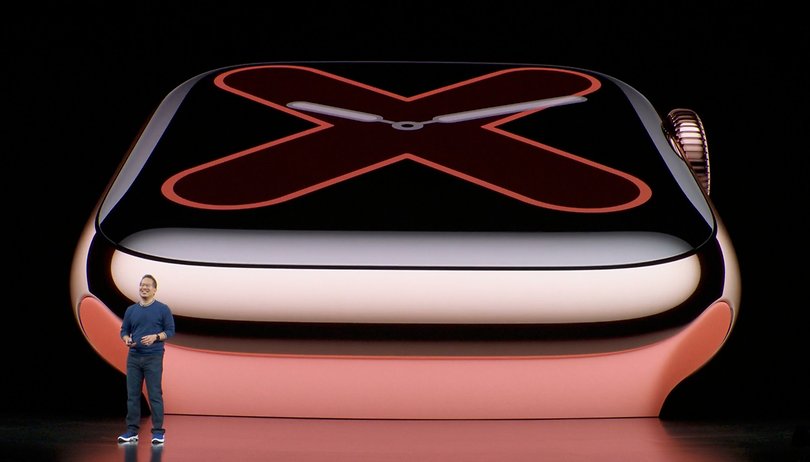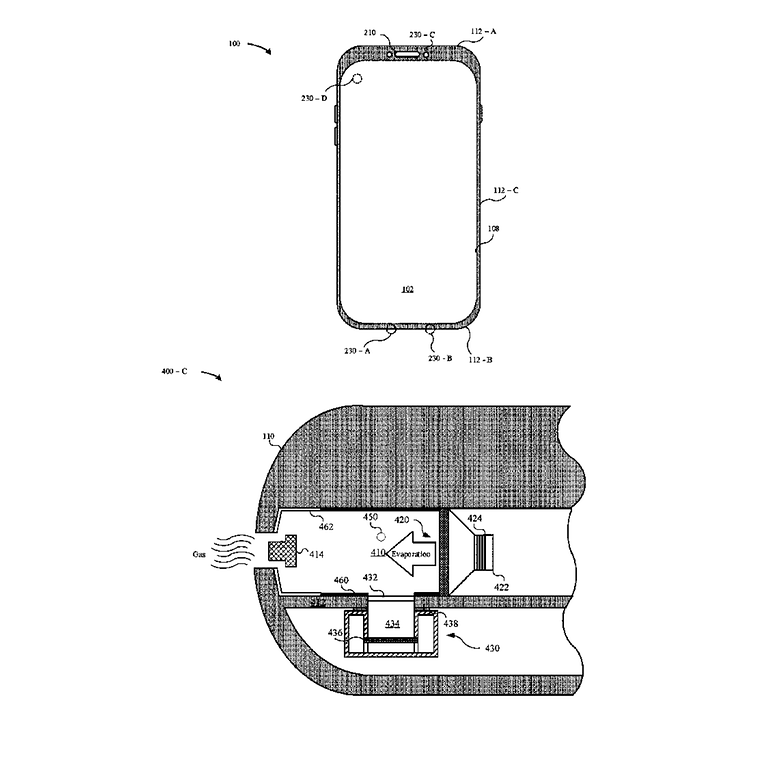Learned from the Watch: Apple patents new water protection for iPhone

Apple uses a clever technique to remove water from the openings for the speakers in its Apple Watch. A similar solution could now be used for the iPhone.
In the Apple Watch Series 2, Apple for the first time presented a feature that allows the removal of water from the openings of the smartwatch. In two patents, the engineers describe the solutions that in the future could also be used in Apple's smartphones.
In the first patent Apple explains that the functions of a device could suffer from liquids entering the inside. Therefore a system is needed which removes these fluids from the case as efficiently as possible. As with the Apple Watch, Apple describes the use of a small speaker, whose vibrations should help to do just that.

Apple describes several arrangements of the internal components to help remove fluids from the inside of the phone as effectively as possible. For example, the internal walls could gain a special coating. A sensor should also help to detect moisture.
In contrast to the current Apple Watch, the system could therefore possibly work automatically in the future. The so-called water lock of the smartwatch currently still has to be activated manually. When the lock is deactivated, the existing water is expelled.
These slow-motion recordings show how the water lock works in the current Apple Watch:
Improved water lock for future devices
But Apple's engineers go one step further and describe in a second patent, among other things, further possibilities how they could remove water or other liquids from the case.
For example, a small heating element could be used in addition to a speaker. By heating up to more than 100 degrees Celsius, liquids in the extremely small chamber can be transformed into gases. Water is not expelled in this case, but evaporates in the device.
As usual, such patents do not necessarily mean that the techniques will actually find their way into a real product in the form shown.
Via: AppleInsider Source: US-Patentamt 1, US-Patentamt 2



